New posts from thoughtshrapnel.com
Thought Shrapnel
Book publishing doesn't work
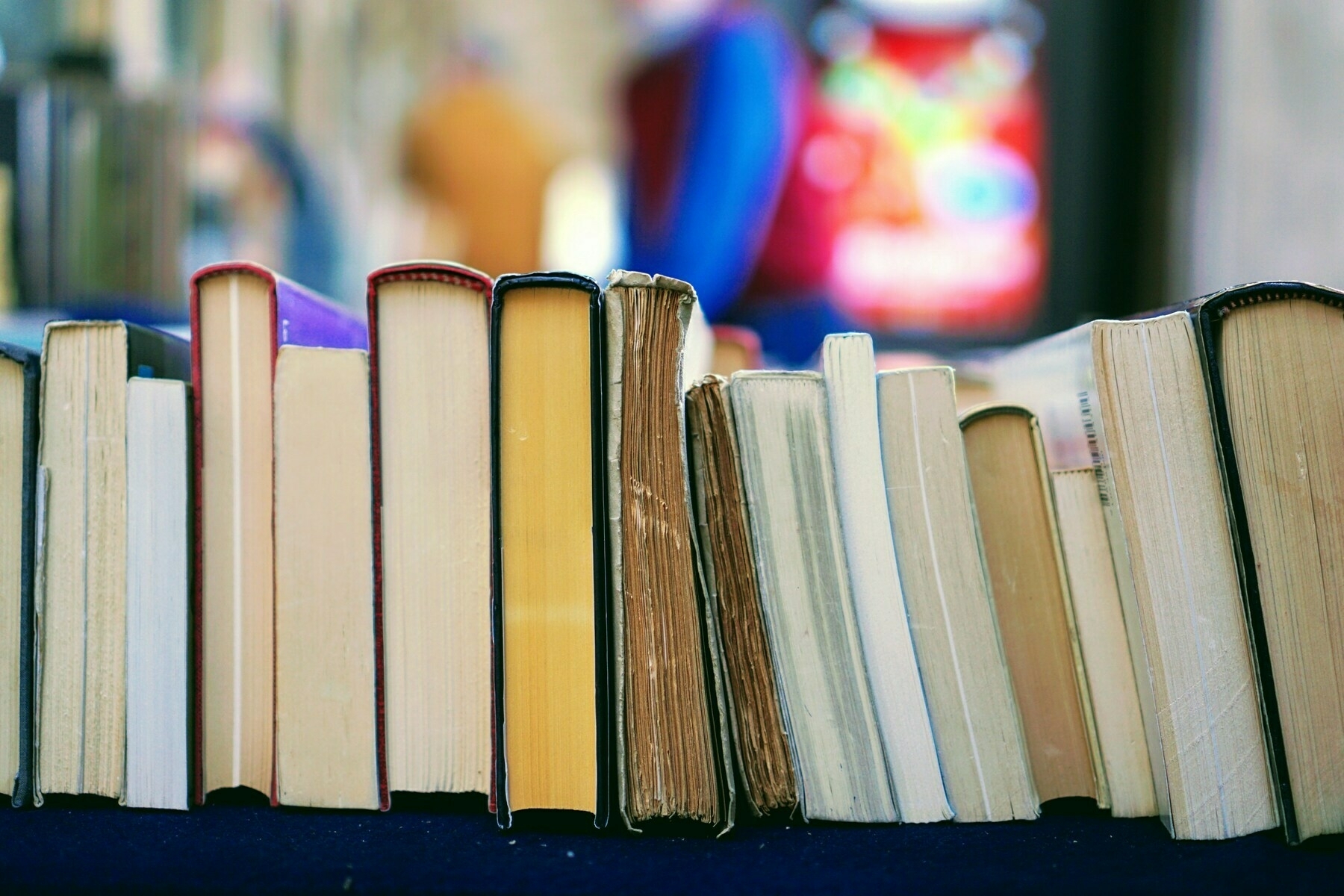
Elle Griffin digged into the details of a court case from 2022 that involved Penguin Random House attempting to acquire another publishing house, Simon & Schuster. Some of the details shared are eye-opening.
I don't think the models used by the book industry, or the academic publishing industry, are long for this world.
I think I can sum up what I’ve learned like this: The Big Five publishing houses spend most of their money on book advances for big celebrities like Brittany Spears and franchise authors like James Patterson and this is the bulk of their business. They also sell a lot of Bibles, repeat best sellers like Lord of the Rings, and children’s books like The Very Hungry Caterpillar. These two market categories (celebrity books and repeat bestsellers from the backlist) make up the entirety of the publishing industry and even fund their vanity project: publishing all the rest of the books we think about when we think about book publishing (which make no money at all and typically sell less than 1,000 copies).
[...]
The DOJ’s lawyer collected data on 58,000 titles published in a year and discovered that 90 percent of them sold fewer than 2,000 copies and 50 percent sold less than a dozen copies.
[...]
Having a lot of social media followers or fame doesn’t guarantee it will sell. The singer Billie Eilish, despite her 97 million Instagram followers and 6 million Twitter followers, sold only 64,000 copies within eight months of publishing her book. The singer Justin Timberlake sold only 100,000 copies in the three years after he published his book. Snoop Dog’s cookbook saw a boost during the pandemic, but he still only sold 205,000 copies in 2020.
[...]
The publishing houses may live to see another day, but I don’t think their model is long for this world. Unless you are a celebrity or franchise author, the publishing model won’t provide a whole lot more than a tiny advance and a dozen readers. If you are a celebrity, you’ll still have a much bigger reach on Instagram than you will with your book!
Personally, I could not be more grateful to skip the publishing houses altogether and write directly for my readers here, being supported by those who read this newsletter rather than by a publishing advance that won’t ultimately translate to people reading my work.
Source: The Elysian
Image: Tom Hermans
It's not sick note culture, it's systemic failure in governance
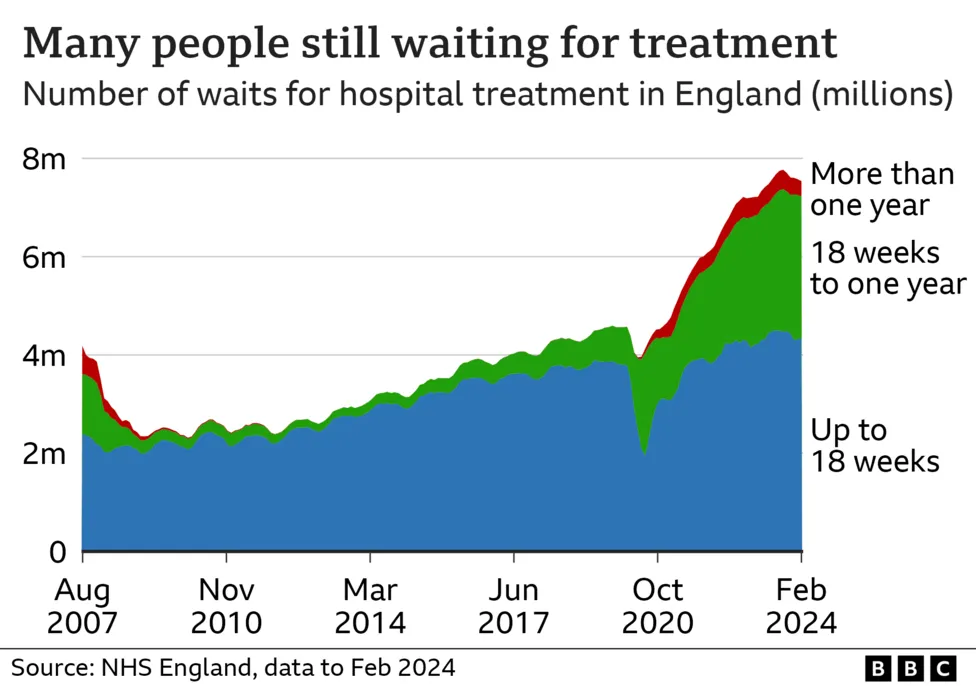
This is, as you'd expect, a restrained article from the BBC. But it still flies in the face of the government's talk of a 'sick note culture' in the UK. Instead, as anyone lives here will attest, it's the financial crisis, Brexit, and the pandemic, compounded by repeated government failure — including underfunding the NHS.
Research by the Health Foundation shows there are as many people aged 16 to 64 in work whose health limits what they can do as they are out of work because of ill-health.
Overall, it estimates nearly a fifth of the working-age population in the UK has what it calls a work-limiting condition.
In fact, the think tank believes the problem has become so bad that it is threatening the economic potential of the country.
[...]
So why are working-age people so ill? Christopher Rocks, who heads up the Health Foundation's work in this area, says it is a "complicated" picture.
He says while there has been a lot of focus on the issue since the pandemic, the trend has actually been developing for the past decade at least.
"The 2008 financial crisis had a major impact on society - we saw an economic downturn and public spending cuts. That had an impact on people's health in many different ways. The pandemic and subsequent cost of living crisis exacerbated trends, but the signs were there before Covid hit.
"Access to health care has become more difficult, while those fundamental building blocks of health - such as good housing and adequate incomes - are under strain."
How that has affected people varies depending on their age and where they live. Research published this week warned the numbers with major illness was set to increase significantly. with the people in the most deprived areas suffering the most - many with multiple conditions.
The work, also published by the Health Foundation, found there were three main conditions causing a significant burden of ill-health: chronic pain, type 2 diabetes and mental health problems. Each is a reflection of the different challenges facing the country.
Source: BBC News
Real-time deepfake videos for fun and exploitation
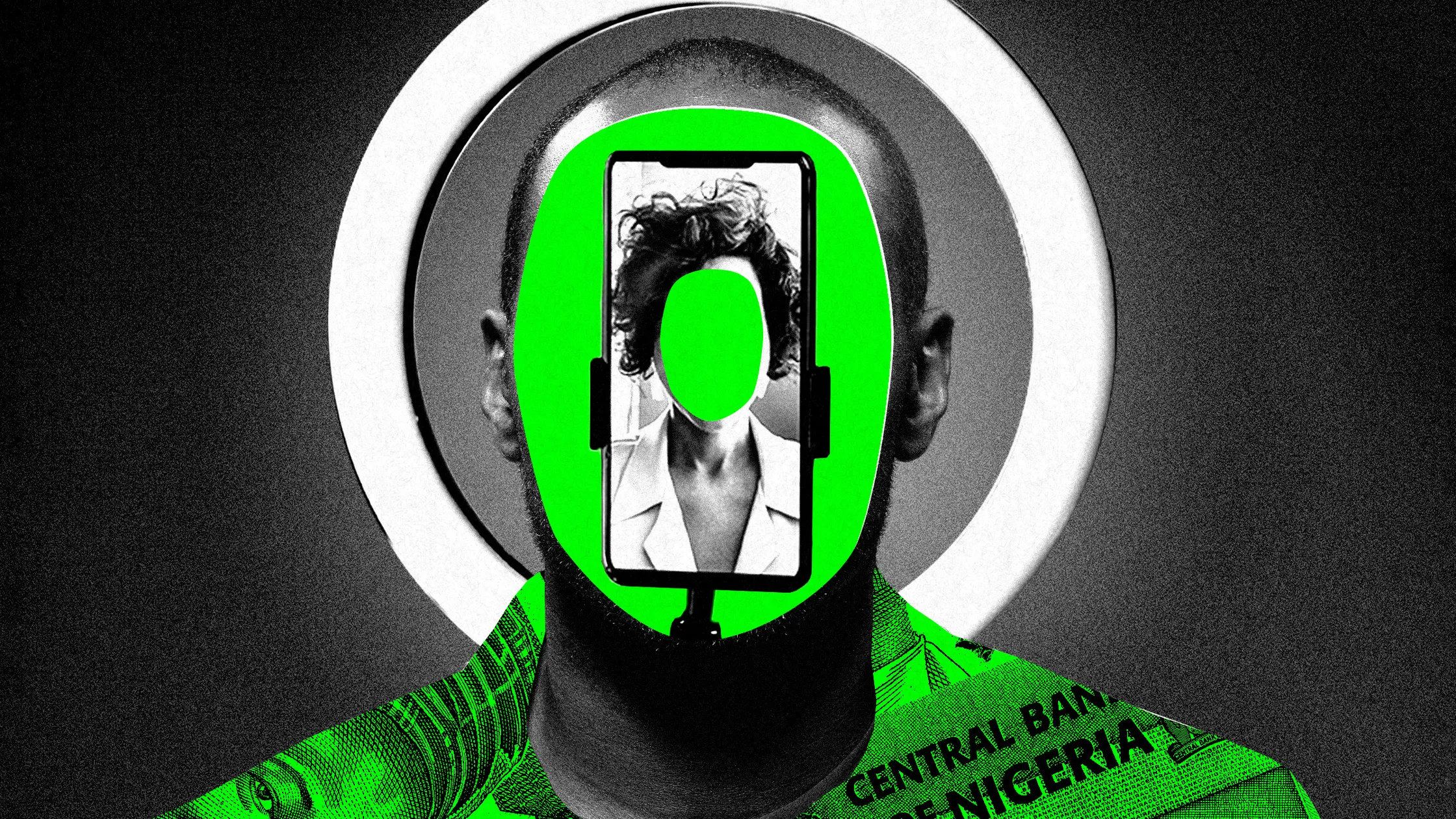
This is a PSA to be careful out there: deepfakes have come to regular, real-time video calls. People are getting scammed.
The Yahoo Boys have been experimenting with deepfake video clips for around two years and shifted to more real-time deepfake video calls over the last year, says David Maimon, a professor at Georgia State University and the head of fraud insights at identity verification firm SentiLink. Maimon has monitored the Yahoo Boys on Telegram for more than four years and shared dozens of videos with WIRED revealing how the scammers are using deepfakes.
[...]
The Yahoo Boys’ live deepfake calls run in two different ways. In the first, shown above, the scammers use a setup of two phones and a face-swapping app. The scammer holds the phone they are calling their victim with—they’re mostly seen using Zoom, Maimon says, but it can work on any platform—and uses its rear camera to record the screen of a second phone. This second phone has its camera pointing at the scammer’s face and is running a face-swapping app. They often place the two phones on stands to ensure they don’t move and use ring lights to improve conditions for a real-time face-swap, the videos show.
The second common tactic... uses a laptop instead of a phone. (WIRED has blurred real faces in both videos.) Here, the scammer uses a webcam to capture their face and software running on the laptop changes their appearance. Videos of the setup show scammers are able to see their own face alongside the altered deepfake, with just the manipulated image being displayed over the live video call.
[...]
Some of the Yahoo Boy videos are unbelievable, obvious fakes, while others appear plausible. When they’re viewed live, on a mobile phone, with unstable connections, any obvious flaws may be masked—especially if a scammer has spent months social-engineering their victim.
[...]
Ronnie Tokazowski, the chief fraud fighter at Intelligence for Good, which works with cybercrime victims, says because the Yahoo Boys have used deepfakes for romance scams, they’ll pivot to using the technology for their other scams. “This is kind of an early warning where it's like: ‘OK, they’re really good at doing these things. Now, what’s the next thing they're going to do?’”
Source: WIRED
There's only so much lemonade you can make when life is firing lemons at you
I just had to post this image, which I discovered via the Fediverse. It's definitely a riposte to all of those people who say that people who have been underserved and marginalised by a biased system should "try harder," "be more resilient," or "show more grit".
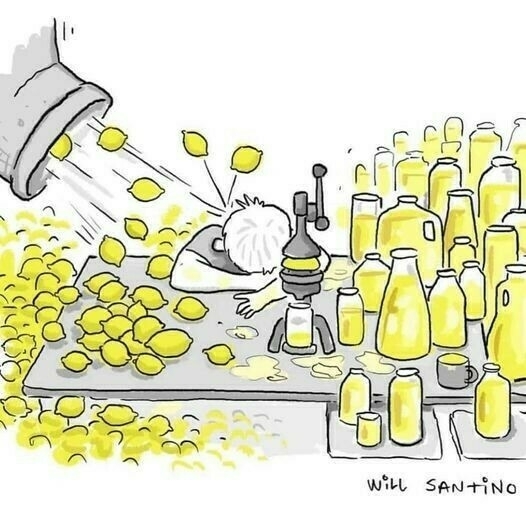
Optimising for the wrong things
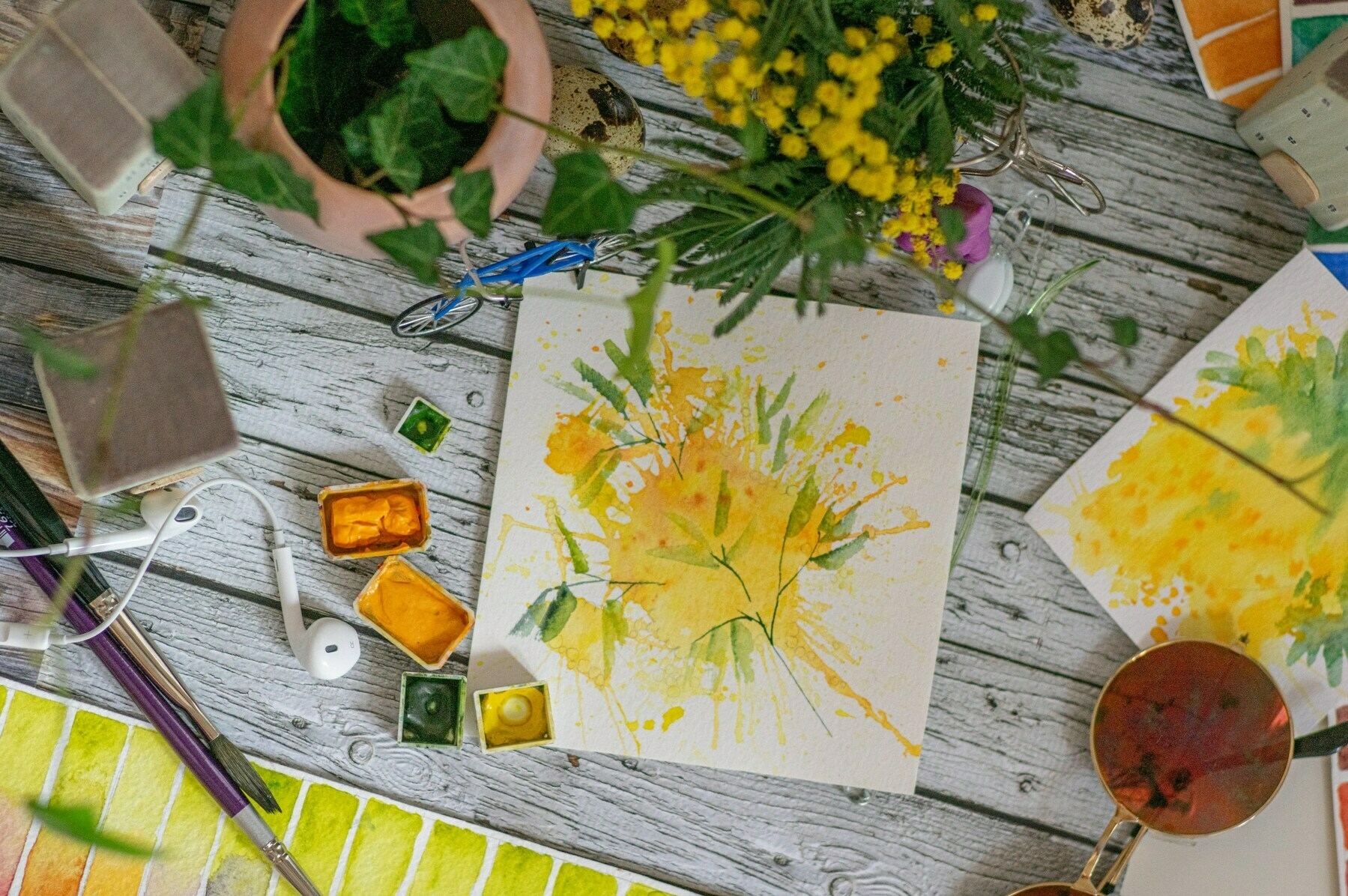
Solid advice here.
You aren’t famous. Anything you do or create will probably receive little to no attention, so stop optimizing for a non-existent audience and instead focus on what makes you enjoy the activity.
[...]
The most egregious thing you can do with any activity is daydream about how you can make money off of it. That’s the quickest way to optimize for the wrong things and suck the fun right out of it. Most likely you will stop doing the activity almost immediately, so save the money-making schemes for work.
In the end, find something you enjoy doing and just do it because you enjoy it. If you have to, make some goals for yourself, but never for your “audience”.
Source: Ash Newman
Image: Elena Mozhvilo
Book reading and secondary orality

This is a bit of a strange ramble-post which largely rehashes the discussion/debate we've been having for over 15 years about the qualitative difference between reading on screens versus reading on paper. The difference is that there is the added layer of moral panic about people reading fewer books.
What is rarely included in this kind of thing is that we are emerging from what Walter Ong called the Gutenberg Parenthesis, a time in which the written word dominated. That wasn't true before the printing press, and it's unlikely to be true going forward given the preponderance of new media. This post-Gutenberg phase is known as 'secondary orality' as it depends upon literate culture.
I will always prefer the written word, mainly because it's more information dense than video and audio content. But there's room for everything without endless hand-wringing.
The e-reading apps have their merits. At times, they become respites from the other, more addictive apps on my phone. Switching to a book from, say, Twitter, is like the phone-scroller’s version of a nice hike—the senses reorient themselves, and you feel more alert and vigorous, because you’ve spent six to eight minutes going from seven to eleven per cent of Arthur Koestler’s “Darkness at Noon.” Or you might feel a sense of pride because you’ve reached the sixty-per-cent mark in Elton John’s autobiography, “Me,” which isn’t a great work of literature but at least is better than Twitter. The book apps also seem to work as a stopgap for children, who are always lusting after screen time of any sort. My seven-year-old daughter has read hundreds of books on the Libby app, which lets you check out e-books from public libraries you belong to. As a parent, I find this wildly preferable to hearing the din of yet another stupid YouTube short or “Is it Cake?” episode coming through her iPad’s speakers.
Still, the arrival of these technologies has been accompanied by a steady decline in the number of books that get read in any form. A pair of 1999 Gallup polls, for example, found that Americans, on average, had read 18.5 books in the course of the previous twelve months. (It should be noted that these were books people had read, or said they had read, “either all or part of the way through.”) By 2021, the number had fallen to 12.6. In 2023, a National Endowment for the Arts survey found that the share of American adults who read novels or short stories had declined from 45.2 per cent in 2012 to 37.6 per cent in 2022, a record low. There are plenty of theories about why this is happening, involving broad finger-pointing toward the Internet or the ongoing influence of television, or even shifting labor conditions, as more women have entered the workforce.
Source: The New Yorker
You are what you read

Jim Neilsen uses a Ralph Waldo Emerson quotation as a jumping-off point to discuss something important:
I cannot remember the books I've read any more than the meals I have eaten; even so, they have made me.
To me, all of those people with super-intricate systems, whether for academic work, pleasure, or something inbetween are faintly ridiculous. The point isn't to replicate a machine and remember everything you've ever read.
Neilsen writes:
It’s a good reminder to be mindful of my content diet — you are what you
eatread, even if you don’t always remember it.
For me, I bookmark a bunch of stuff that I never get to reading properly. Some of it ends up here on Thought Shrapnel in a way that I can process and search through at a later date. The added bonus is that you, dear reader, also get to see it too.
Source: Jim Neilsen's Blog
Image: Olga Thelavart
Limiting virtues
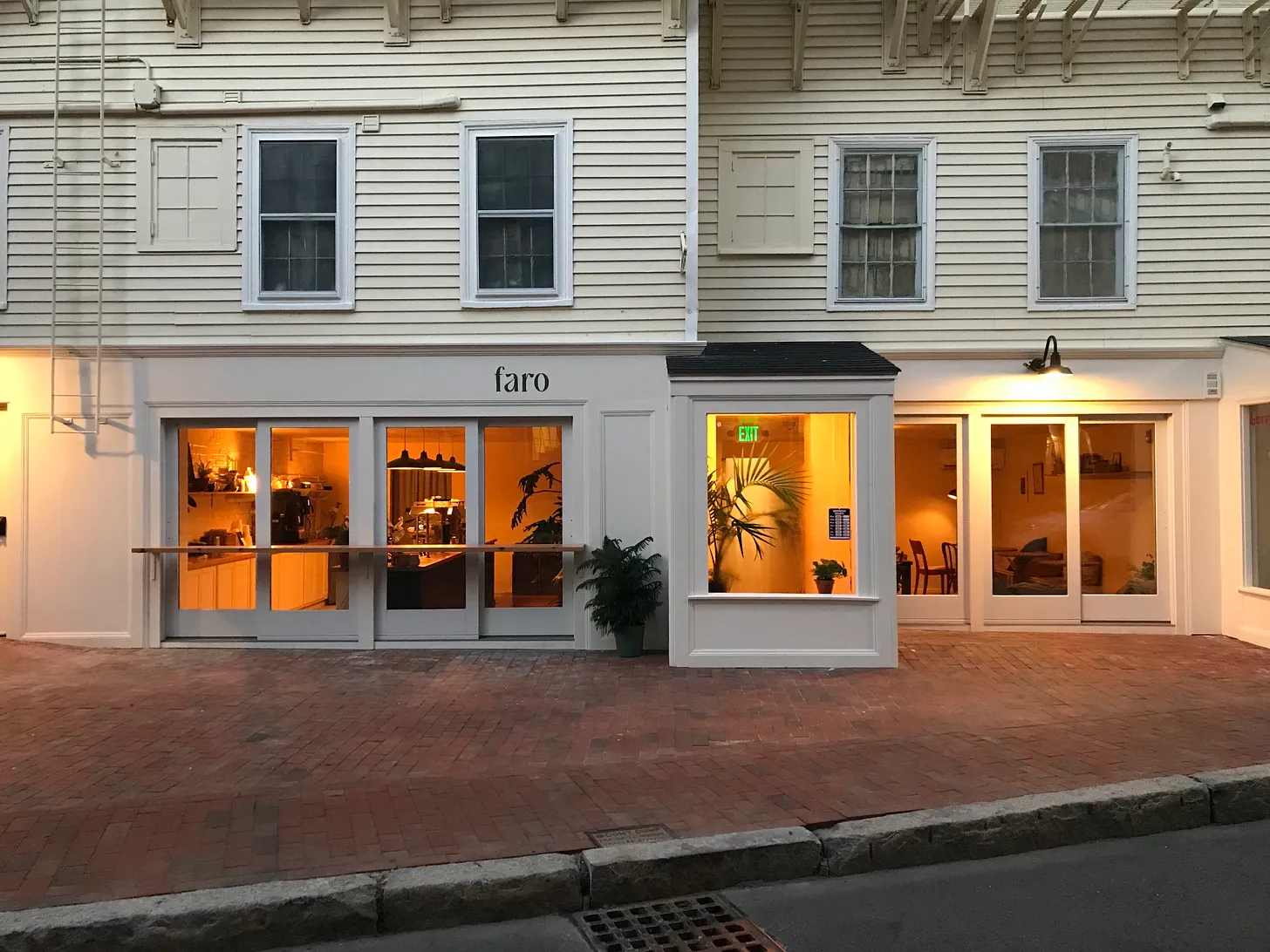
Sara Hendren discusses what I would call 'creative constraints' as applied to organisational policies. For example, a coffee shop she knows that has a no-laptops policy which is "gently, but strictly, enforced" changes the vibe:
A no-laptops policy means you can’t get a certain kind of work done, but it does mean everyone present will be a little more eyes-up-and-talking, or maybe absorbed by a book or notebook. The activities will be at the speed of the body, one to another. Is it nostalgic and precious? Maybe. But it’s not the only café in town to make this move, and I think there’s some signal there. Faro started out with no-laptops only on weekends, and the policy was welcome enough to make it a daily norm. Over at Zuzu’s Petals, it’s no devices of any kind.
Source: undefended / undefeated